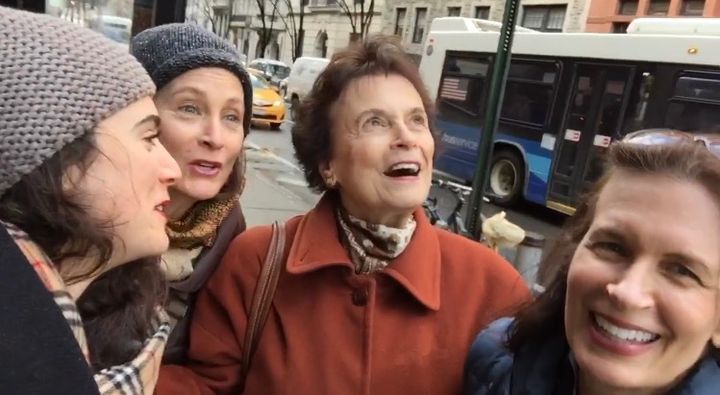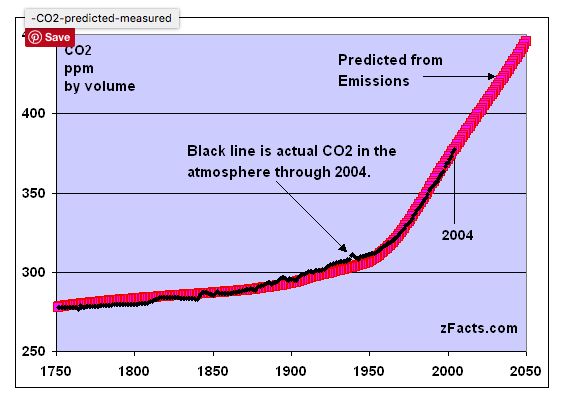“I don’t want to support any institution that pollutes our towns and villages and wild places,” my mother said while discussing the HuffPost story, “Senate Republicans Block Measure to Protect Arctic Wildlife Refuge from Oil Drilling” (October 19th, 2017). My mom and I have been here many times—at her kitchen table in Manhattan—discussing the fate of the planet. It’s been going on for a long time—at least as far back as Al Gore’s 2000 Presidential run, when it appeared that the science of climate change was becoming mainstream and that smart minds would prevail and elect the Senator from Tennessee.
My mom and I have shared literally hundreds of conversations on the issue of climate change since that fateful election seventeen years ago. Everything from the Koch Brothers’ building of a formidable “political party” of their own, powerful enough to kill America’s first offshore wind project to the birth of 350.org, the student-led, global campaign working for institutional divestment from fossil fuels, she and I have covered a lot of ground. This past week, we watched Bill McKibben, 350.org’s founder, discuss with Bill Maher the need for swift climate change action.
Each time we examine the news, we’re left wondering how, with so much evidence at hand, more people are not seeing and responding to the impacts of climate change. “The Earth is morphing as we breathe,” my mom says. “Why isn’t everyone making a fuss?”
From her home in New York, my mom has been a first-hand witness to climate change. She has tracked the steady decline in snowfall over thirty years and cannot fathom why more people are not alerted by the retreat of winter. She has welcomed friends forced to evacuate their flooded East Village apartments when Hurricane Sandy’s storm surge pushed the East River over its banks and into their neighborhood. She has watched each spring as trees bud earlier and earlier in Central Park, as warmer-than-average temperatures alter the seasons she knew as a child.

Looking for snow in NYC.
So this holiday, my mom is taking bold action—she’s choosing to demonstrate her solidarity with the planet through her charitable support of organizations working to protect the planet.
The Huff Post story, by Nick Visser, that triggered her decision, outlines the determination on the part of the Trump administration and Congressional Republicans to exploit the oil and gas reserves of Katovik, Alaska, the far northeastern region of the state and home to our nation’s dwindling population of polar bears and their cold-weather companions. Reading Visser’s story, my mom committed to no longer support any institution that invests in the businesses that are destroying the planet, no matter how much she may admire their core missions. “People will listen and understand why I am pulling out [of their institutions] and I think a lot of people would feel the same way I do if they knew they had a choice. If they knew they could take a position and make a statement with their gift, they would.”
In the face of recent Trump Administration environmental rollbacks, my mother is buoyed to see college students continuing to protest their academic institutions for refusing to divest from fossil fuels, though she is deeply disappointed that so many university Presidents—and the endowment boards they report to—remain dismissive of these student-led efforts. These universities, she says, “appear immune to the fact that the very students they educate will inherit an increasingly unpredictable world.” (Note that of the over 2,600 accredited four-year colleges and universities in the U.S., only 23 have divested from fossil fuels)
“Young people today just don’t have the same future that I had as a young person in the 1950s,” my mother added. In her youth, before the wide-spread proliferation of automobiles in the U.S. and the shift from railcar to truck transport, the atmospheric carbon level was a relatively stable 315 parts per million (ppm), as illustrated by zfacts.com, below. NASA data confirms this. Today, it’s over 400 ppm.

“Hockey Stick” graph showing exponential rise of CO2.
If you’d like to know which environmental organizations my mom will be contributing to this year, shoot me an email and we can begin a conversation (StacyClarkWriter@gmail.com). Or find me on Twitter @Stacy__Clark or on my FB page /DallasWriter. Perhaps you can influence your parents or, as Bill McKibben always says, that cranky Uncle at the Holiday dining table, to put their money where their heart is. One thing we all agree on is that we want a livable world for our kids and grandkids. Like anything worthwhile, it takes a bit of effort.
